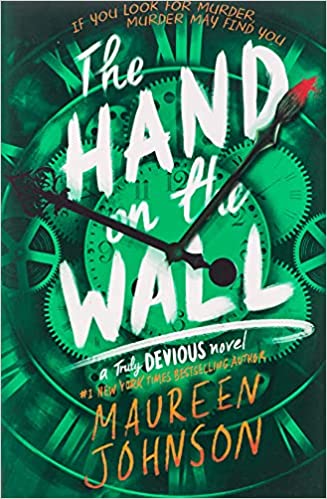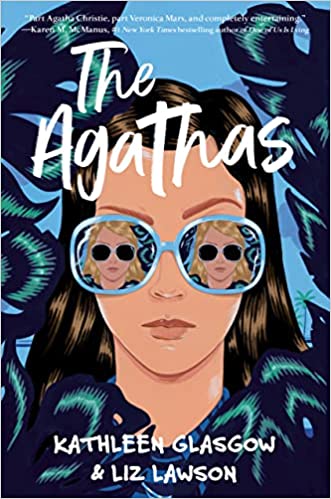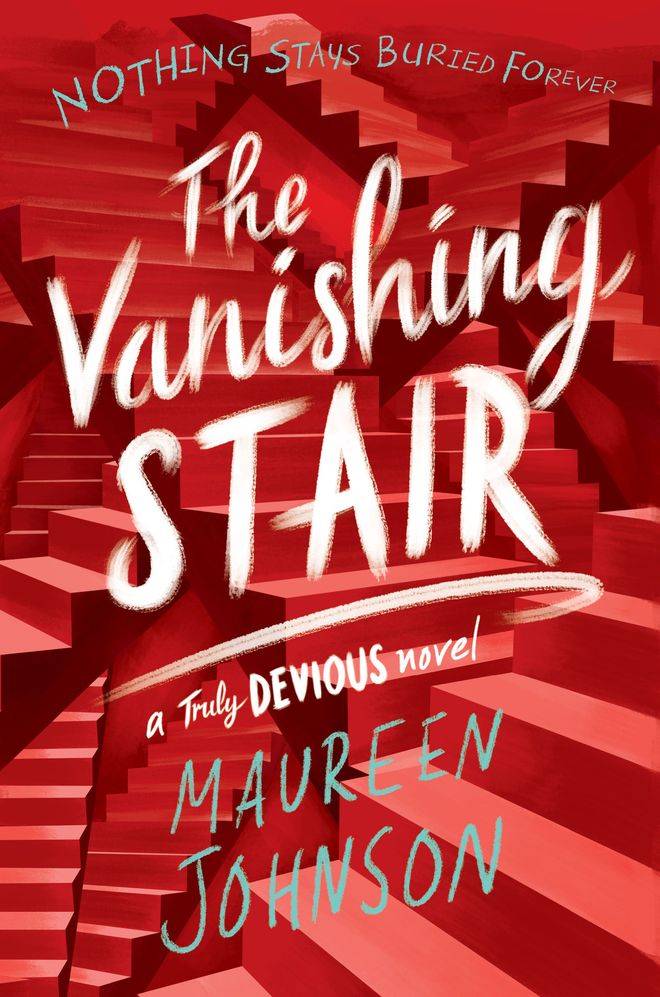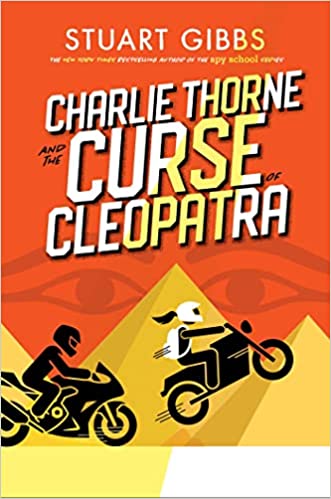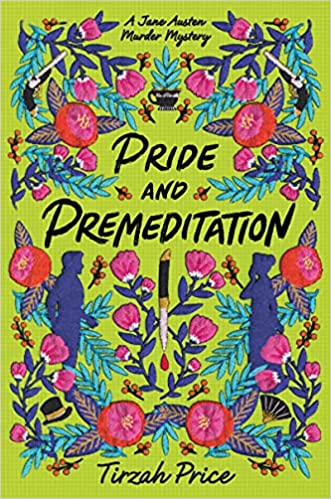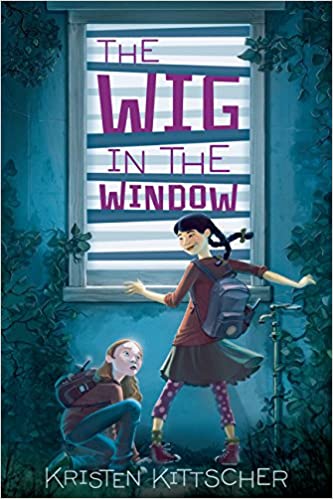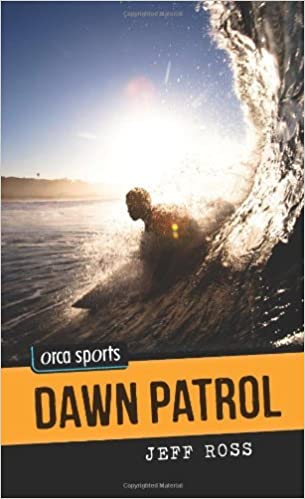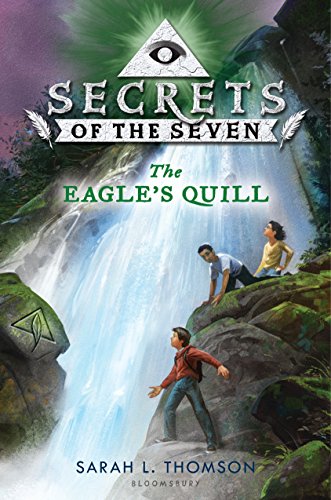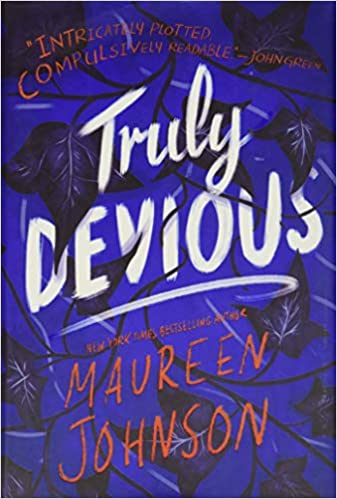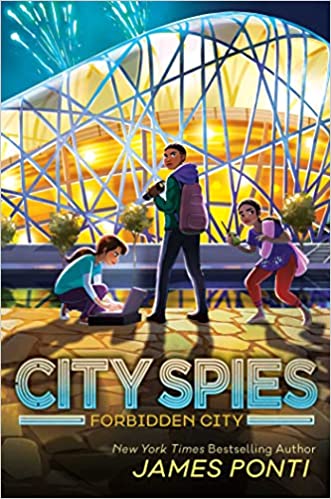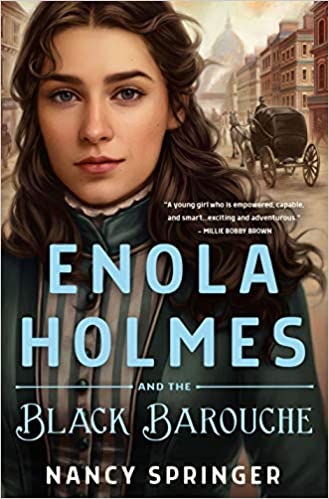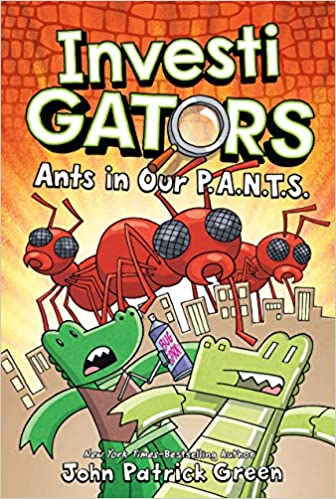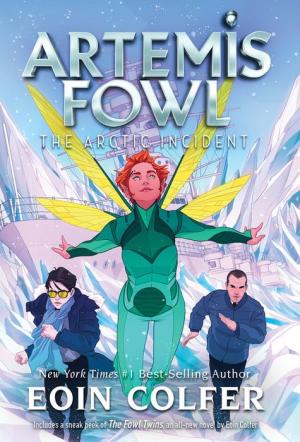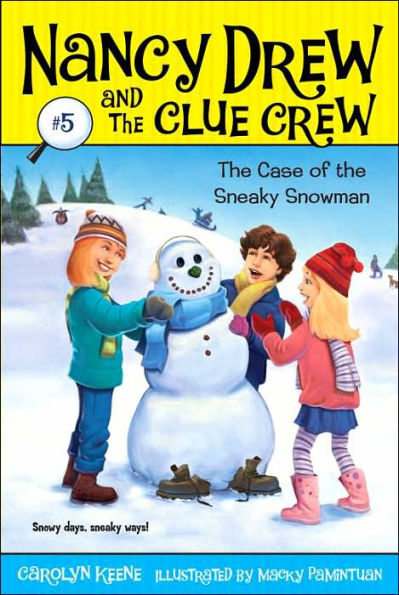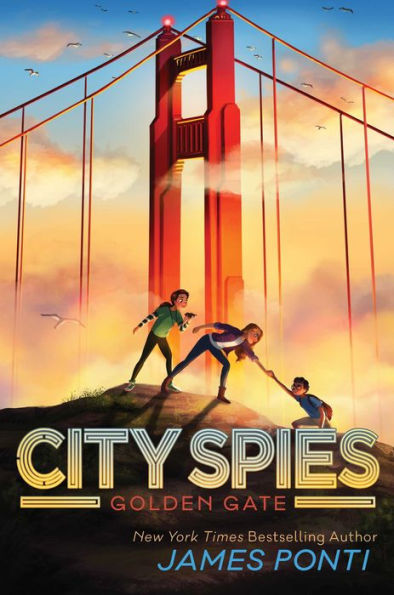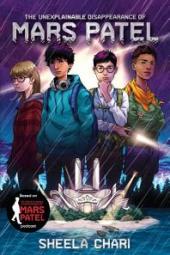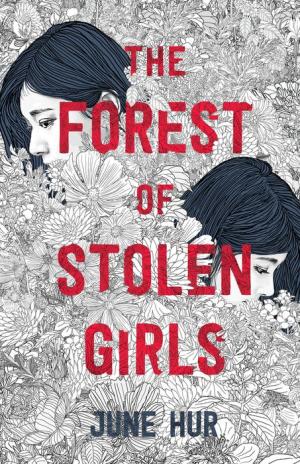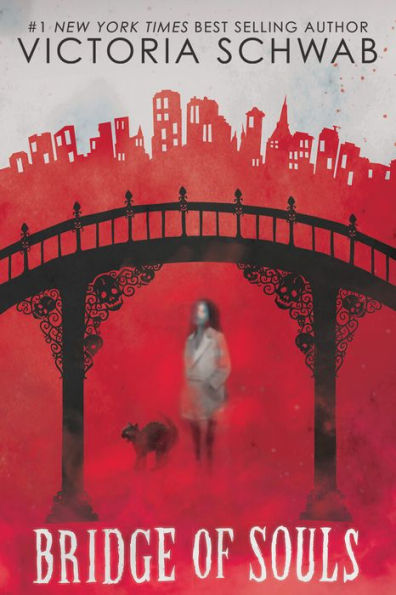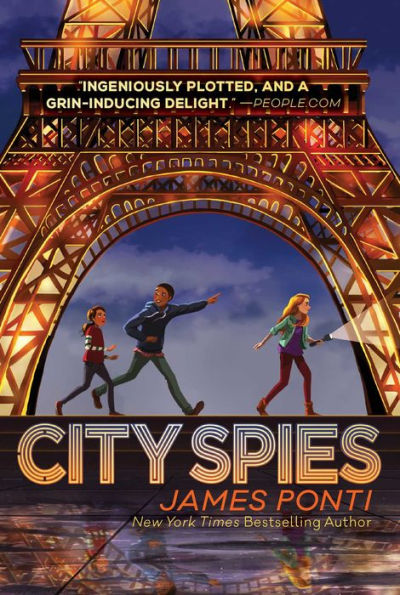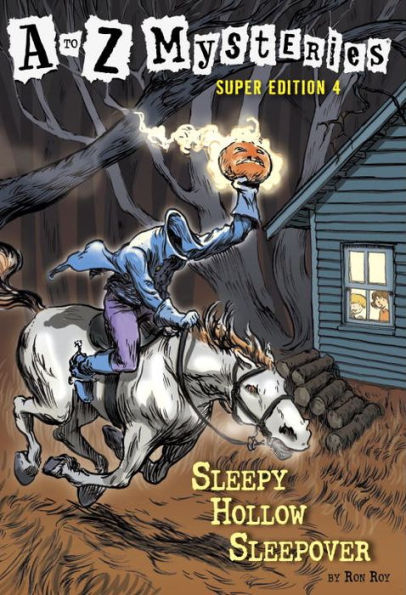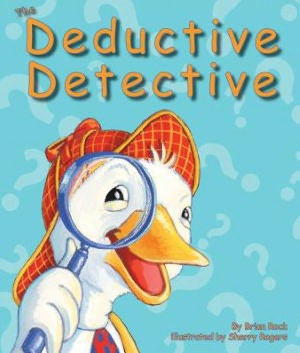Ellingham Academy must be cursed. Three people are now dead. One, a victim of either a prank gone wrong or a murder. Another, dead by misadventure. And now, an accident in Burlington has claimed another life. All three in the wrong place at the wrong time. All at the exact moment of Stevie’s greatest triumph. She knows who Truly Devious is. She’s solved it. The greatest case of the century.
At least, she thinks she has. With this latest tragedy, it’s hard to concentrate on the past. Not only has someone died in town, but David disappeared of his own free will and is up to something. Stevie is sure that somehow—somehow—all these things connect. The three deaths in the present. The deaths in the past. The missing Alice Ellingham and the missing David Eastman. Somewhere in this place of riddles and puzzles, there must be answers.
Then, another accident occurs as a massive storm heads toward Vermont. This is too much for the parents and administrators. Ellingham Academy is evacuated. Obviously, it’s time for Stevie to do something stupid. It’s time to stay on the mountain and face the storm—and a murderer.
The final book in the Truly Devious Series continues the fast-paced intriguing story that solves both the Ellingham’s kidnapping and the murders at the Ellingham Academy. Stevie is relentless in her desire to solve both mysteries and in the end, she is able to tie up all of the events in a satisfying manner. Even though the story ends in the typical detective story confrontation with all of the suspects together, the conclusion still has several surprises.
In addition to solving the mysteries, several of Stevie’s friends are able to find evidence of Senator Edward King’s corrupt behavior and come up with an ethical way to stop the senator from running for president. While his son, David, plays a part in King’s demise, David’s erratic behavior throughout the series makes him an unlikeable character who is difficult to relate to. While David had a difficult childhood, his bad behavior is never fully explained. And even though he treats Stevie with contempt and cruelty, in the end, she forgives him in order to give her a happy-ever-after ending.
The Truly Devious Series is highly entertaining and will keep mystery-loving readers on the edge of their seats. Even though the story revolves around high school students, the content has some gory details, some steamy scenes, and mature content. Readers who are ready for more mature mysteries should grab a copy of The Forest of Stolen Girls by June Hur or I Hunt Killers by Barry Lyga.
Sexual Content
- Francis and Eddie, two students from 1936, have sex. Francis thinks, “there were certainly other couples who had sex on the Ellingham campus—one or two. Those people did it giddy, bashfully, and wracked with terror. Eddie and Francis came to each other without fear or hesitation.”
- While walking through the woods, Eddie tells Francis, “Once more. Up against the tree, like an animal.” Francis declines because she is late.
- Francis hears that Eddie “fathered a baby once and the girl had to be sent away somewhere outside of Boston. . .”
- At one point, Stevie and David kiss “over and over, each one renewing the last.” Then later, David “leaned down to kiss her, his lips warm against hers.”
Violence
- The murders from the first two books of the series are summarized.
- When a detective finds one of the kidnappers, he “punched him in the face, sending him crashing into some trash cans. When he was down, he flipped Jerry on his back and slapped a pair of cuffs on his wrists, pinning his arms behind his back. . .” The detective removes the man’s gun, binds him, and then ties him to the seat of a car.
- When Ellingham’s wife was kidnapped, she was quiet for days. When a kidnapper let the “kid” play outside, the kid ran and hid. Ellingham’s wife “jumped” the kidnapper. “She jumped on top of me, dug her thumbs into my eyes. I dropped my gun. . . I grabbed a shovel or something from the wall and hit her with it, hard. There was blood, but. . . she was still standing. . .” When the other kidnapper sees what’s going on, he shoots and kills Ellingham’s wife. The scene is described over a page.
- One of the kidnappers, Jerry, takes a detective, George, to where he left Ellingham’s daughter. The girl was left with a stranger in a remote location, where she died of measles weeks before the detective arrived. When George sees the girl’s grave, he picked “up the shovel, and was shocked by the first blow, which knocked him to his knees. They came fast, a flurry mixed with cries and gulps. The snow splattered with blood.” Then George kills the man who had been caring for the child; the murder is not described.
- A man explains that when Ellingham died, most of the body wasn’t found. “We found three hands, a leg, a foot, some skin.”
Drugs and Alcohol
- While waiting for the birth of a child, a family friend drinks wine.
- Ellingham’s wife was addicted to cocaine. Her friend noticed her “behavior was changing; she was fickle, impatient, secretive.”
- Fenton, a professor at a local university was an alcoholic. She died in a suspicious house fire.
- To help her through panic attacks, Stevie takes Ativan.
- In 1936, some of the rich girls hid their gin and cigarettes in the walls.
- At Ellingham’s wife’s funeral, some of the guests drank “countless glasses of champagne.”
- While trying to track down a suspect, a detective goes into a bar and orders a “glass of whisky.” Later, he shares a drink of whiskey with a friend.
Language
- Profanity is used often. Profanity includes ass, bitch, bullshit, damn, goddamn, fuck, hell, holy shit, pissed, and shit.
- My God, oh my God and Jesus are used as exclamations frequently.
- There is some name calling including dick, asshole, and jackass.
- One of the faculty calls the students morons and boneheaded.
- In a diary entry, a student calls Ellingham a “sanctimonious prick.”
Supernatural
- None
Spiritual Content
- One of Ellingham Academy’s students from 1936, “set up a ring of candles on the ground and drew a pentagram in the dirt. He was always doing things like that—playing at paganism.”
